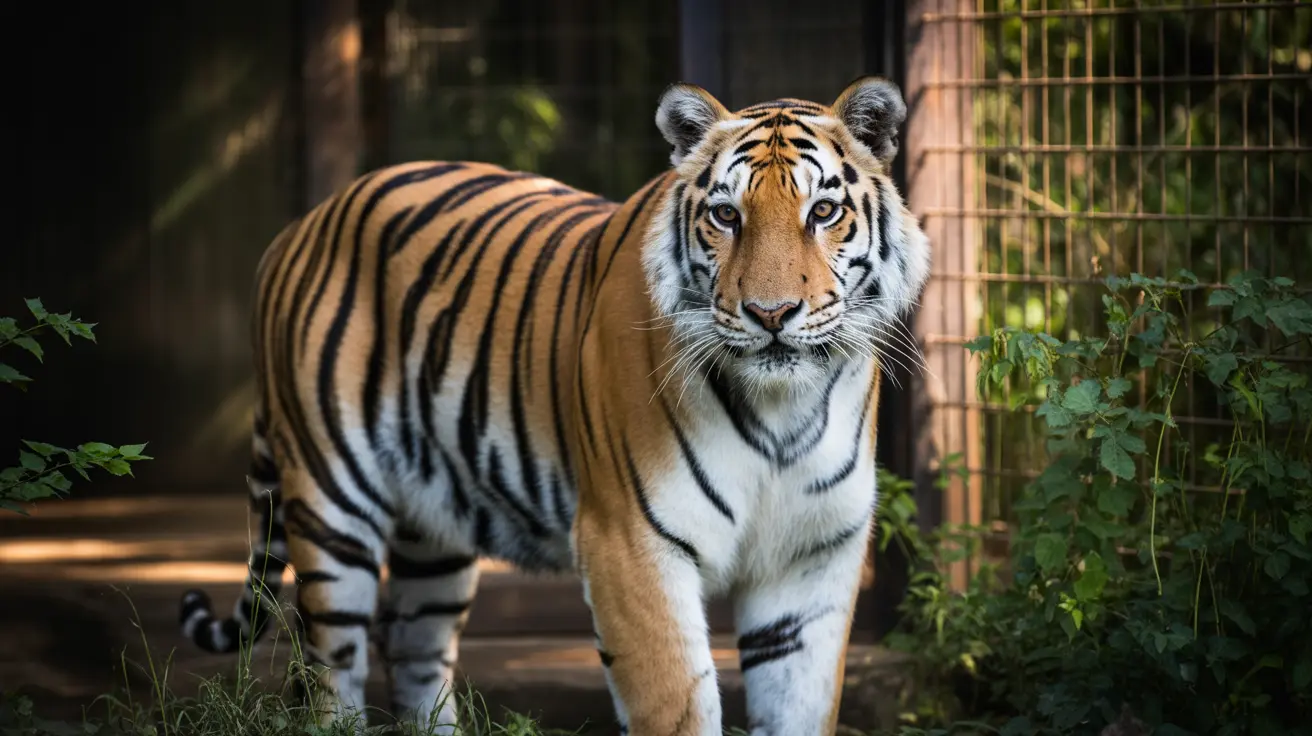Understanding the Rarity of the Nebelung Cat Breed
Nebelung cats are a captivating and elegant feline breed, recognized for their luxurious blue-gray coats and soulful green eyes. Despite their mesmerizing beauty and gentle temperament, Nebelungs remain a rare breed, raising curiosity among cat lovers and potential pet owners. Developed in the United States in the 1980s, their name originates from the German word "Nebel," meaning mist or fog — a nod to their distinctive silvery-blue appearance.Origins and Recognition
The Nebelung’s delicately mysterious look is more than just superficial — it reflects a deliberate breeding program started by Cora Cobb, based on two cats named Siegfried and Brunhilde. These cats were offspring of a black domestic shorthair and a blue domestic longhair, possessing traits reminiscent of the Russian Blue. While they share visual similarities, the Nebelung and Russian Blue are distinct breeds.
Breed recognition came primarily through The International Cat Association (TICA), which awarded the Nebelung full championship status in 1997. Major associations, including the American Cat Fanciers Association and the Australian Cat Federation, have since recognized the breed.
Why Are Nebelungs Considered Rare?
Several factors contribute to the Nebelung’s rarity:
- Limited Breeding Programs: There are only a handful of Nebelung breeders worldwide, located mostly in the United States, Europe, Russia, and Australia.
- Recent Origins: The breed was only developed in the 1980s, making it a relatively new addition to the feline world.
- Strict Breed Standards: Breeders aim to maintain a precise appearance and temperament, often limiting genealogy to preserve traits.
- Shelter Availability: Nebelungs are rarely found in animal shelters or rescue centers, making adoption uncommon.
Appearance and Characteristics
The Nebelung’s unique allure comes from its silky, medium-long blue-gray coat, often tipped in silver. Males sport a thick neck ruff, and the double coat may take up to two years to fully develop. Adults generally weigh between 10 to 15 pounds and measure 14 to 16 inches in length. Their large, almond-shaped green eyes provide a striking contrast against their fog-colored fur.
Temperament
Nebelungs are known for their gentle, reserved, and loyal nature. Often shy around strangers, they form deep bonds with one or two family members, mimicking a dog-like devotion. Ideal for quiet households, they tend to thrive in environments with minimal stress. Suitable companions for other calm pets and children, they often prefer to observe rather than engage excessively around guests.
Maintenance and Care
- Grooming: Their plush coats require weekly brushing to prevent mats and tangles.
- Health: Nebelungs are generally healthy but can experience common feline issues like kidney disease or gastrointestinal problems.
- Lifestyle: These cats appreciate a routine-based home and tend to get stressed with abrupt changes.
- Stimulation: Intelligent and playful, they need regular mental and physical activity. Leash training is possible and often welcomed.
Breed Popularity
Despite features that may easily win the hearts of cat enthusiasts, Nebelungs remain a niche breed due to their limited availability. Featured in select media, such as Animal Planet's "Cats 101," awareness has slowly increased. However, compared to more popular breeds like the Persian or Maine Coon, Nebelungs are seen far less frequently.
Is a Nebelung Right for You?
Potential cat owners seeking a companion that is beautiful, intelligent, loyal, and serene may find the Nebelung ideal—provided they can offer a stable and quiet environment with consistent mental and physical enrichment. Bear in mind the breed is not considered hypoallergenic, and while they are generally low shedders, weekly grooming is essential for coat maintenance.
Conclusion
The Nebelung is a rare but rewarding cat breed whose mystique, elegant appearance, and affectionate temperament can deeply enrich the lives of dedicated owners. While their rarity adds to their allure, it also means prospective buyers or adopters must be prepared for a diligent search and a knowledgeable commitment to care.





